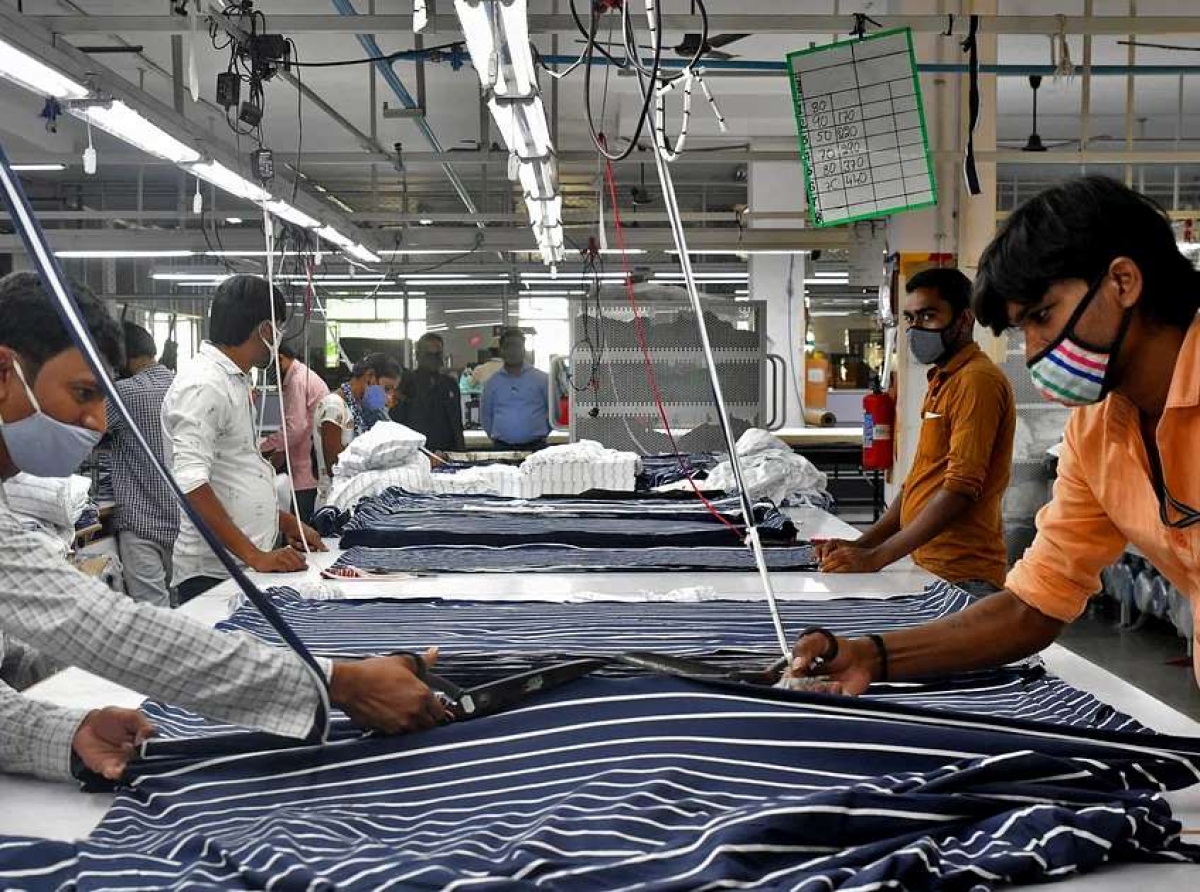13 November 2023, Mumbai
From Tradition to Innovation
India's textile industry, a cornerstone of the nation's economy, is poised for remarkable growth, targeting a $250 billion milestone by 2030.
This transformation is driven by several factors, including the industry's significant contribution to employment, particularly for women, and the emergence of technical textiles as a high-tech segment with immense export potential.
Global Textile Market Trends
Analysts predict steady growth of the global textile market, reaching $859 billion by 2028, fueled by rapid industrialization in developed countries and advancements in fabric production.
Natural fibers like cotton, silk, linen, wool, and hemp, along with conventional fibers, are finding extensive applications in various industries, including textiles, automotive, and pharmaceuticals.
India's Textile Industry's Growth Trajectory
The Confederation of Indian Industries (CII) report "Decadal Outlook for Textile Industry: Threads of Transformation for Textile Industry" projects a significant increase in the textile industry's contribution to India's GDP, from 2.3% to about 5% by 2030. This growth is attributed to several factors, including improved GDP, government initiatives, and a focus on sustainability.
Maharashtra's Textile Policy 2023-28: A Progressive Step
Maharashtra's 'Textiles Policy 2023–28' aims to attract global investments worth Rs 25,000 crore and create over 5 lakh jobs, particularly for women. This policy underscores the state's commitment to promoting the textile industry and making it a global leader.
Subheading: Government Schemes and Incentives
Various government schemes and incentives, such as the Amended Technology Upgradation Fund Scheme (ATUFS), Production-Linked Incentive (PLI) Scheme, National Technical Textile Mission, and PM MITRA scheme, have provided financial assistance and encouraged investments in modern technology and infrastructure.
The industry's fragmented supply chain, dominated by MSMEs, poses a significant challenge.
Quality training programs are crucial to addressing the skill gap in the unorganized sector, which still relies on traditional methods due to financial constraints and a lack of knowledge.
Adopting Modern Technologies and Embracing Sustainability
Shifting away from traditional labor-intensive technologies and embracing modern technologies is essential to capitalize on the textile industry's export potential. Sustainability and circularity in the textile segment, along with the development of new segments like technical textiles, will enhance the brand image of Indian textiles and spur growth.
Conclusion
India's textile industry is undergoing a remarkable transformation, driven by innovation, government support, and a focus on sustainability.
By addressing existing challenges and embracing new opportunities, the industry is poised to achieve its ambitious growth targets and emerge as a global leader.
GIST
- $250 billion target by 2030
- Driven by innovation and government support
- Sustainable and tech-enabled growth
- Addressing fragmented supply chain
- Upskilling unorganized sector


















